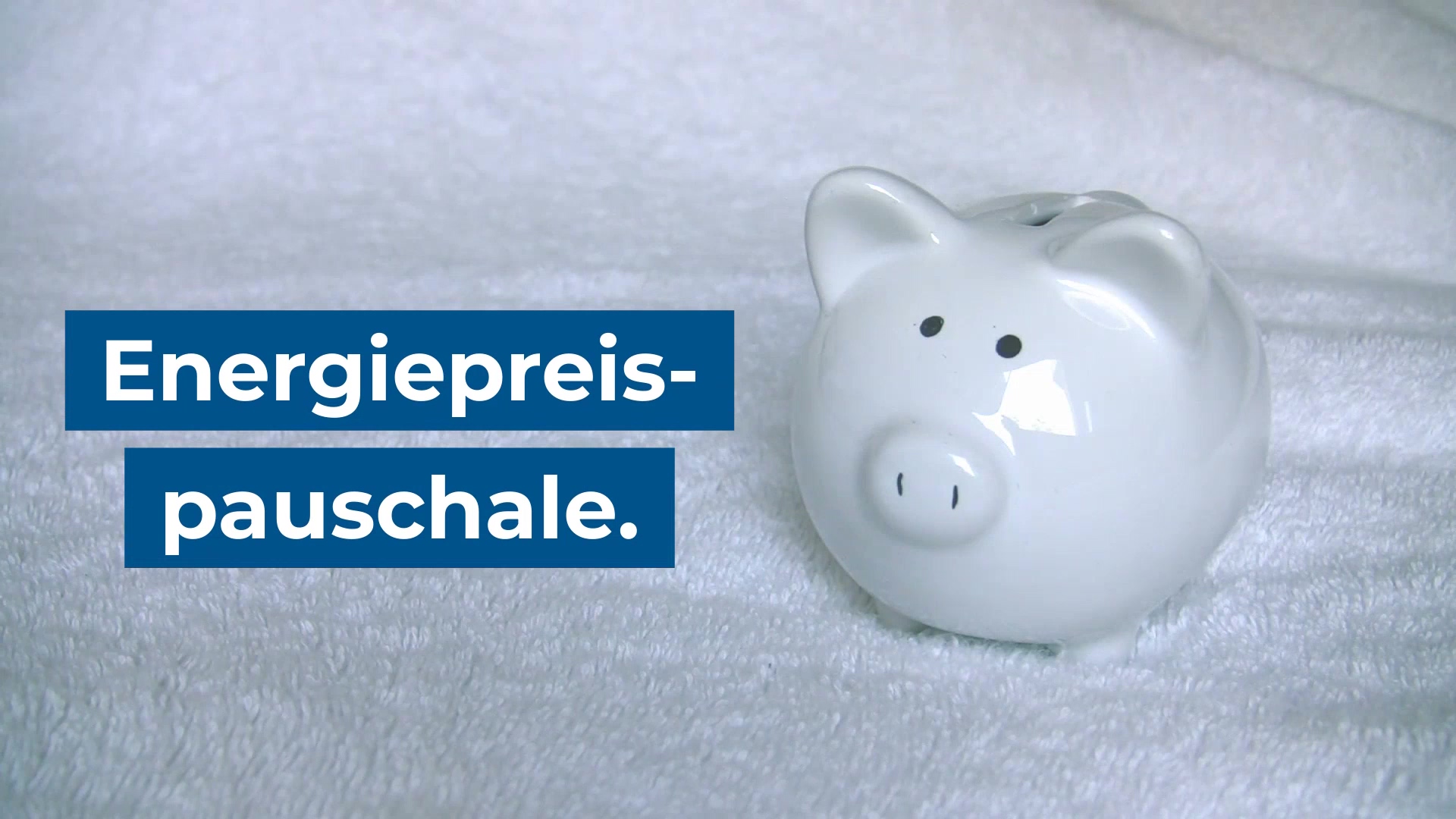Have you ever woken up in the middle of the night and couldn’t fall asleep because you had so many tasks pending in your head? That incomplete customer order, then the late tax return, or that birthday present for your best friend that you have no idea about?
If you find that your sleep or concentration at work is constantly being disturbed by things you still need to do or complete: it has a name. The Zeigarnik effect.
The good news: You can prevent it from bothering you, and sometimes even use it to your advantage. Here’s how it works:
Zeigarnik effect? It’s what?
About 100 years ago, psychologist Blyuma Wuldowna Zeigarnik observed in a bar how incredibly good a waiter was at remembering all the orders. But as soon as the food was delivered to him, it disappeared from his memory. He only had open orders.
He tested the phenomenon with a series of subjects whom he asked to solve tasks. A high percentage of them only remembered tasks that had not yet been completed. They simply remain in your memory. But this can also have negative effects.
Us and the Zeigarnik effect
If you’re a serial addict like me, you’ll basically experience the Zeigarnik effect: the hype always starts when things get exciting, and until the heroin story has come to a meaningful conclusion, you won’t want to pull the plug. The tension remains, thoughts always return to the series. And you give in to binge-watching instead of going to sleep earlier or enjoying the last rays of sunshine outside.
The Zeigarnik effect has an even worse effect on work: unfinished business and incomplete tasks not only disturb us at work because they keep coming back to us and distract our concentration from important things. Unfinished to-dos often haunt us even while we sleep or prevent us from fully enjoying our free time. Because there is still something going on that keeps showing up and making us feel guilty.
More and more open positions
Even if we would like to stick to the task at hand: Especially in the modern working world, many small super urgent things prevent us from completing our priority things every day. And at the end of the day there are things left open on our to-do list. Who follow us in our free time or in our sleep.
This can also happen if we are a special kind of procrastinator: those who begin projects and tasks with enthusiasm, but are reluctant to finish them and keep putting them off. Because the excitement or enjoyment of the task is diminished. Or because we worry about how perfect we can deliver the result. To thank you, we will continue to bring the project with us. It weighs on our minds and intervenes in our internal dialogues without us being asked: Finish me!
What can you do now
If you have an open to-do list or started projects: use these tricks to tackle them strategically.
Stop it!
Take one of your half-finished tasks and complete it. Right now. If while you are paying off your “debts” a new, good idea comes to you: don’t let it interrupt you, don’t avoid it, simply write down this new inspiration and postpone it until later. If someone calls or interrupts you in person: Make an appointment for the conversation. If this is too difficult in your daily activity: set aside a quiet hour every day to complete your projects undisturbed. Step by step.
If you can’t go to work right away
At least push bad thoughts out of your mind and stop them from haunting you until you sleep: set aside time to complete your open tasks. And specifically describe the next step you need to take. For example. in a to-do list (not my first choice) or with timeboxing. Or in your bullet journal, Kanban board, or project management tool. It doesn’t matter where: the important thing is that you can let go of the thought and know exactly when and with what steps you can continue.
Even better: don’t let it get that far.
So make your open or unfinished tasks visible and plannable right from the start. This way you don’t put more on your plate than you might in the near future.
If you manage your self-management with Personal Kanban, you know the principle of WiP (Work in Progress). These are tasks that are currently running but not yet completed. Personal Kanban is based on the fact that the number of WiP tasks that can be handled simultaneously must be limited. This has the advantage that you don’t have too many open sites and your brain only deals with this limited number of tasks.
You usually have 5 tasks juggling at the same time. And new tasks only come back to the fore when old ones have been completed or are on hold due to external influences (lack of information or input from colleagues still pending).
Whether it’s 3, 5 or a little more: start with an arbitrary WiP number and adjust it based on experience. Personal Kanban is a good trick to not keep too many balls in the air at once. This way you will prevent the Zeigarnik effect from working against you.
You can also use the bullet journal to manage your open tasks so you can only see the things you can do in that period by month, week or day. What is not good can be moved and addressed at the appropriate time.
You also benefit from the Zeigarnik effect
Yes, there is also this: if you have been carrying important tasks on your to-do list for a long time and keep putting them off because you simply don’t like them but they have to be done: deal with such an unpleasant thing for a very short time and start: a quarter of an hour or – if it’s really bad: just 5 minutes. Start with the issue and address it. Get started and take advantage of the Zeigarnik effect, because from now on the thing will keep coming back to you. Until you convince yourself to finish it.
Better yet, work until you reach a good point where you know what to do tomorrow. So never stop when things get difficult, but when you already know the solution you can move forward. We love it and want to avoid stress and unclear situations. This trick will help you tackle your homework the next day with a good start. This is the Hemingway effect.
latest posts published

Are you starting to run? This is how we persevere!

Your time invested profitably every day: What are your EPAs?

Energy flat rate: who is entitled to the 300 euro bonus?

Here’s how companies choose the right solution

Set and achieve goals with SMART

Different working models and employee retention: a connection?

Flexible working hours

Personal Kanban in the notebook: be productive

Reporting for effective workforce management


